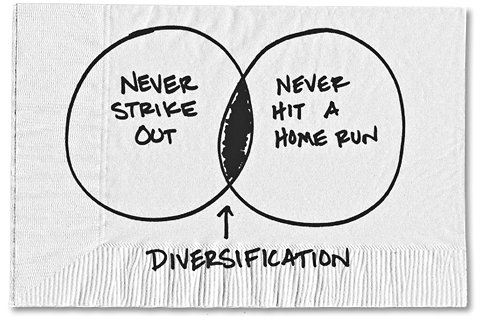Mr. Bernanke said he still expected to reach that point in the coming months but, in what may have been his final appearance before the House Financial Services Committee, he cautioned that Congress itself posed the greatest risk to growth.
“The risks remain that tight federal fiscal policy will restrain economic growth over the next few quarters by more than we currently expect, or that the debate concerning other fiscal policy issues, such as the status of the debt ceiling, will evolve in a way that could hamper the recovery,” he told the committee.
The sluggish economy has been a constant background for Mr. Bernanke’s biannual testimony. Unemployment, at 7.6 percent, remains stubbornly above the Fed’s goals. Inflation has sagged to the lowest pace on record. Growth continues at a “modest to moderate pace,” the Fed said Wednesday in its monthly beige book survey of economic conditions across the country, released separately from Mr. Bernanke’s testimony.
Mr. Bernanke’s message on Wednesday was that the Fed would cut back on its monthly asset purchases — $85 billion of mortgage-backed securities and Treasury securities — only if conditions were improving. If unemployment instead stays high and growth rates do not improve, the Fed will keep buying bonds. If inflation stays low, the Fed will keep buying bonds. If longer- term interest rates go up, the Fed will keep buying bonds.
Mr. Bernanke revived a talking point from earlier this year, insisting the Fed was willing to buy more than $85 billion a month. “Because our asset purchases depend on economic and financial developments, they are by no means on a preset course,” Mr. Bernanke told the committee.
Even as Mr. Bernanke said that the Fed would keep its options open, he continued to suggest that the Fed would like to start reducing its asset purchases this year and then end them as soon as possible. If the economy needs more stimulus, the Fed would prefer to extend its policy of holding short-term interest rates near zero. Mr. Bernanke, who refers to this shift as “a change in the mix of tools,” has not explained the rationale and was not asked to do so.
The Fed’s course will not be determined by Mr. Bernanke much longer. He is widely expected to step down as Fed chairman at the end of his second term in January. Members of both parties took the opportunity to praise him, although Republicans generally added that they opposed the Fed’s recent efforts. No one paid much attention to the finger Mr. Bernanke had pointed at them.
“You acted boldly and decisively and creatively — very creatively, I might add,” said the committee’s chairman, Jeb Hensarling, Republican from Texas.
“You’ve had a lot of compliments today. In my business it’s called a eulogy,” said Emanuel Cleaver, a Missouri Democrat, who is an ordained minister.
“You have never been boring,” said Carolyn Maloney, a New York Democrat.
Mr. Bernanke then did his best to be boring, sending the message to markets roiled by his comments last month that it was much ado about nothing.
Markets purred. The yield on the benchmark 10-year Treasury bond sank slightly, falling below 2.5 percent, while stock markets posted modest gains.
The announcement last month that the Fed expected to reduce its asset purchases later this year drove up interest rates on mortgages and other loans. Some investors concluded that the Fed was curtailing its ambitions for the recovery, while others saw evidence that the Fed was overly optimistic in its forecasts.
Mr. Bernanke described that response as “unwelcome,” but he said it had probably reduced some “excessively risky or leveraged positions” — easing concerns among some Fed officials that its efforts are pumping up new bubbles.

Article source: http://www.nytimes.com/2013/07/18/business/economy/fed-chairman-points-finger-at-congress.html?partner=rss&emc=rss

